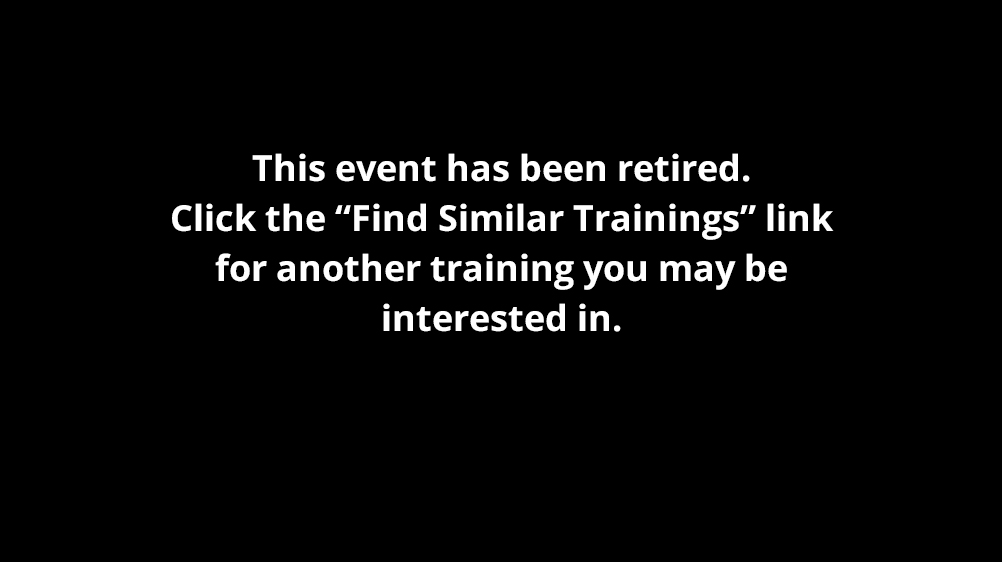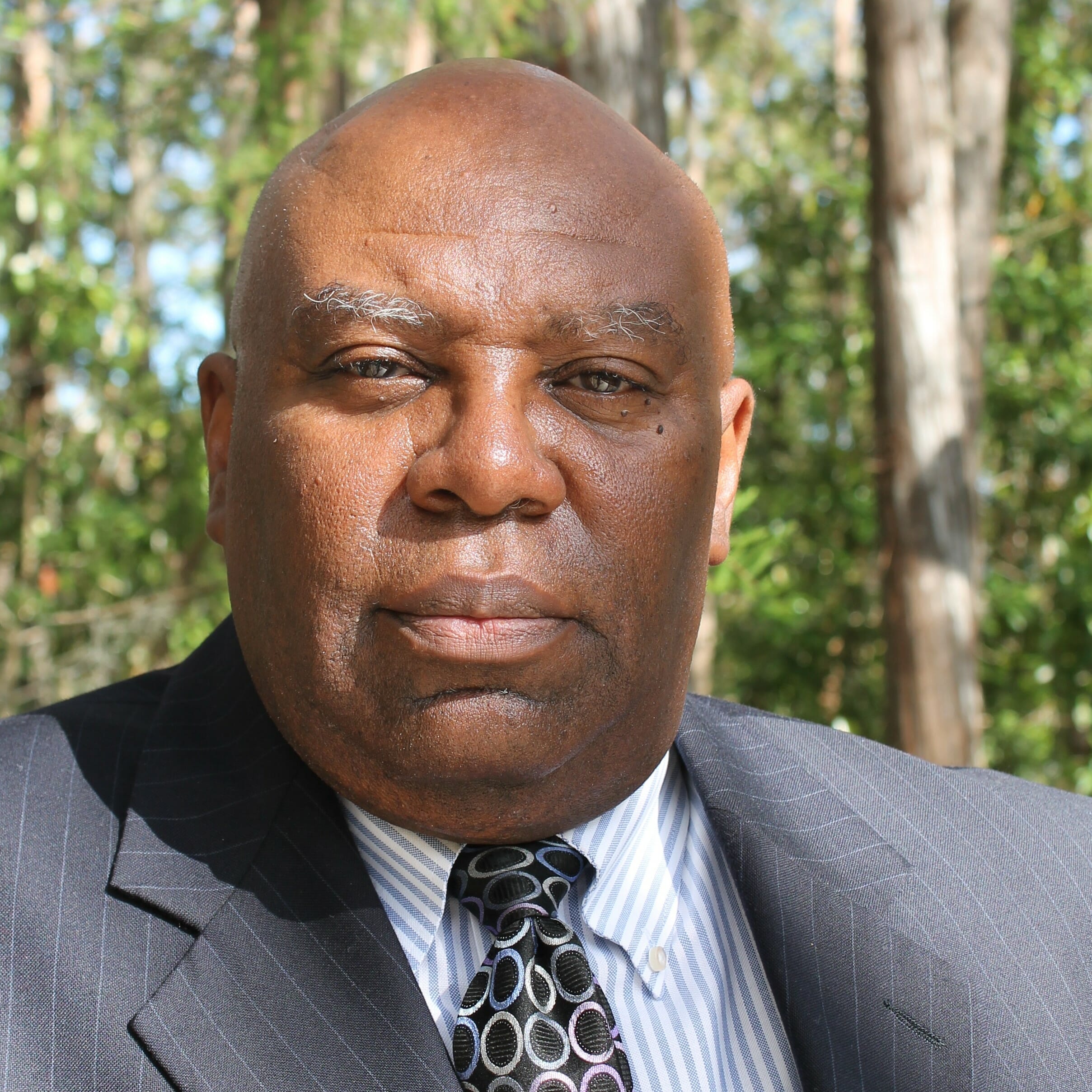Summer Bridge: Building and Measuring
Campus Connection
(Retired)
| Last updated November 19, 2014
Why is this event retired?
At AI we want to always ensure that the best and most current trainings are available to members, and we regularly review our trainings to ensure that is the case.



